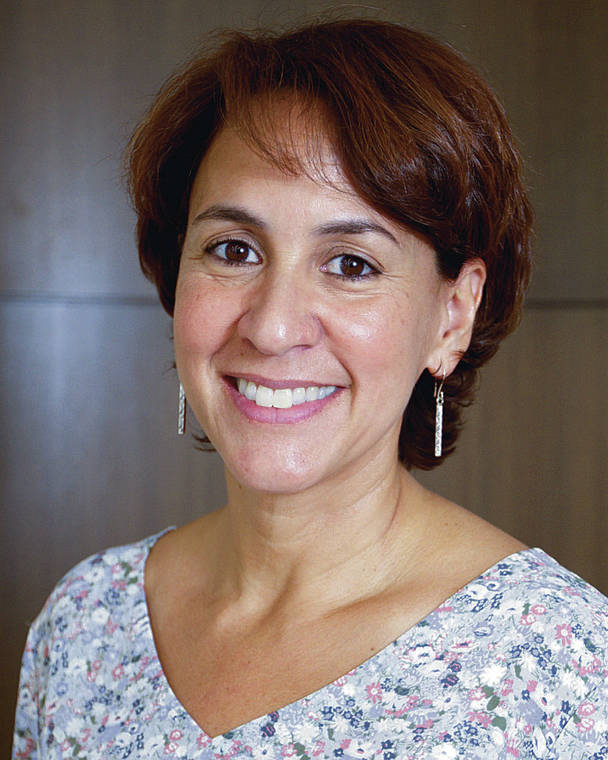The Hawaii Department of Education is rolling out summer school plans as the state transitions to the next phase of its COVID-19 recovery.
Traditional summer school programs will be done primarily through distance learning, but some face-to-face options for high-need and hard-to-reach students will be available, the DOE announced Tuesday.
While programs are primarily focused on distance learning, State Superintendent Christina Kishimoto said Tuesday there are some students for whom distance learning does not work and is not effective. Additionally, there are some types of instruction where in-person delivery is most effective.
Students who had significant challenges during the fourth-quarter or difficulties getting online will be provided opportunities to sign up for in-person summer school, she said.
Groupings will remain between six and eight people, she said, but some special education services might see fewer students with a provider.
According to the DOE, the summer learning programs address five main areas: statewide credit recovery, for students in grades 6-12; statewide credit acceleration, for all grades; official summer school, for all grades; E-school, for grades 9-12; and school-based opportunities, for all grades, including remediation, intervention and enrichment.
More details about these programs can be found online at bit.ly/HISummerLearning.
The DOE also will launch “mobile learning labs” to provide Wi-Fi access in four pilot locations throughout the state next month, including Ka‘u.
Kishimoto said the mobile hubs will allow for instruction to be scheduled in different parts of the community with poor Wi-Fi reception. The goal is to transition into permanent “micro learning hubs” in the fall, the DOE said.
These labs are not stationary to one location and could be scheduled to go into contiguous areas, she said.
According to Kishimoto, schedules are still being worked out to get the greatest reach possible.
Kishimoto said, too, that the DOE is coordinating with nonprofit organizations also operating similar pilot programs to extend that reach.
“(Our) goal is to be ready for the fall to provide that kind of reach, especially as we know our school year is not going to be normalized, as (it has been) in the past,” she said.
In addition to Ka‘u, other pilot locations include areas of Maui, Molokai and Kauai where connectivity and access can prove challenging.
But when looking to the future, Kishimoto said there are still a number of conditions that will determine how education will be delivered in the fall.
According to Kishimoto, schools are expected to open Aug. 4, but specific plans are still being finalized. The goal, though, is to ensure students get 180 instructional days.
In related news, the state Board of Education will consider Thursday a resolution that will direct the DOE to offer summer school “in a way that supports students disproportionately impacted by school closures caused by the COVID-19 pandemic.”
There are four such groups identified in the proposed resolution: students receiving special education services with “extended school year” services in their individual education plans, juniors and seniors during the 2019-20 school year who need credit recovery, students transitioning to middle and high school who could benefit from summer school to ensure they are ready to enter those schools and students who need to fulfill requirements to move to the next grade.
Email Stephanie Salmons at ssalmons@hawaiitribune-herald.com.

